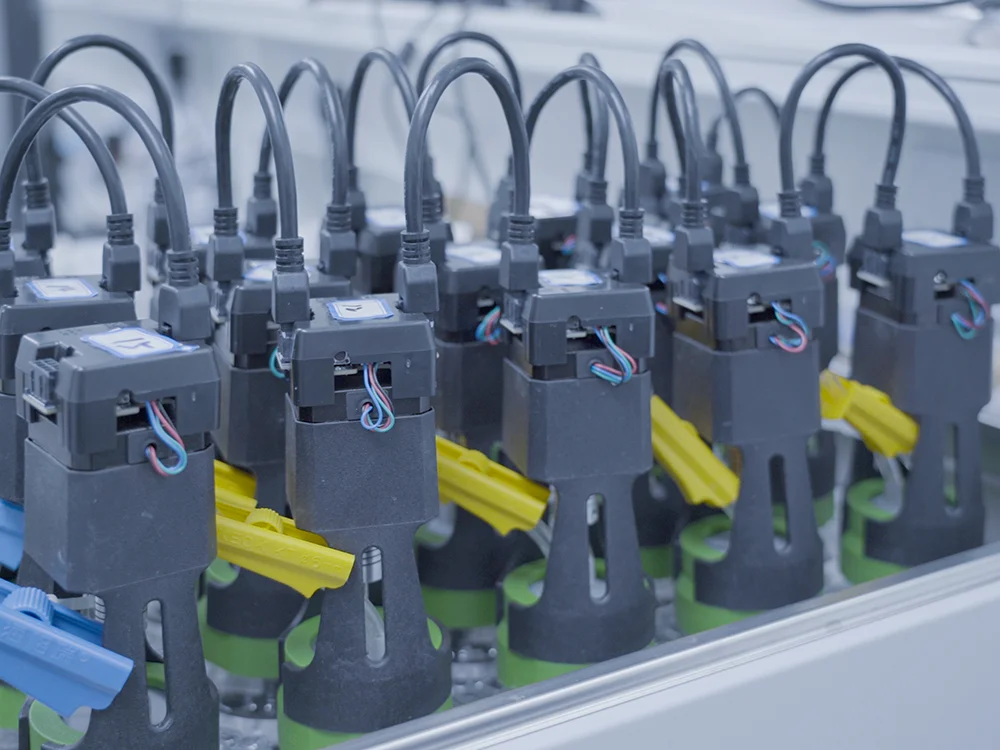A research team at UM has developed a system to recover high-value resources from sewage sludge produced by municipal sewage treatment plants. The system was introduced to the Macao public during the Science and Technology Week 2021 cum Exhibition of Achievements in Science and Technology Innovation, which was organised by the Science and Technology Development Fund of Macao (FDCT) and supported by the Ministry of Science and Technology. The system can extract industrial-grade sulfated polysaccharides from residual sludge of secondary clarifiers in sewage treatment plants. The extract can be broken down into useful substances such as industrial-grade sodium alginate, carrageenan, and potassium alginate. The team, which has received two Chinese patents for developing the system, has been in talks with several environmental engineering companies and venture capital firms about collaboration through UM’s Research Services and Knowledge Transfer Office (RSKTO).
In terms of technical maturity, the system has reached level 6 of the Technology Readiness Level (TRL), and tests conducted by an industrial partner have shown that the polysaccharides extracted by the system not only meet the Chinese quality standards for industrial-grade products; they can also produce algae products with the same degree of purity as those available on the market. The global demand for industrial-grade sulfated polysaccharides is growing rapidly, reaching USD 15.43 billion in 2021 alone. This contrasts with an acute shortage of conventional medical-grade sulfated polysaccharides, which are difficult and time-consuming to produce. ‘Our system can be used at a wide range of urban sewage treatment plants. If the system treats 100 tons of sewage sludge per day, we can obtain about 1,300 tons of sulfated polysaccharides in a year,’ says Hao Tianwei, head of the research team for the project. He is also an assistant professor at the Centre for Regional Oceans (CRO) and the Department of Civil and Environmental Engineering. ‘If we sell the polysaccharides at 60 per cent of the current market price for industrial-grade products, our annual revenue could exceed RMB 10.4 million.’
Through the CRO, Prof Hao’s team has continuously refined the process of extracting sulfated polysaccharides from sewage sludge in order to obtain medical-grade products. He points out that since 1987, when scientists discovered that sulfated polysaccharides could inhibit HIV, more potential functions of the polysaccharides have been revealed, such as the treatment of blood clots, immune inflammation, and tumours. ‘We have confirmed that sulfated polysaccharides extracted from sewage sludge have anti-tumour and anticoagulant effects,’ says Prof Hao.
‘Tons of sewage sludge are produced every day when treating domestic sewage and industrial wastewater. Instead of burning it, why not use it and turn the waste into high-value products?’ says Prof Hao, who also admits that by-products of sewage sludge are not yet widely accepted by the public due to prejudice. ‘As of today, only India allows the use of sulfated polysaccharides from sewage sludge for medical purposes. We need to make more efforts to promote these research results in order to change people’s minds.’
Source: UMagazine Issue 25

Prof Hao Tianwei

A system to recover resources from sewage sludge produced by municipal sewage treatment plants
